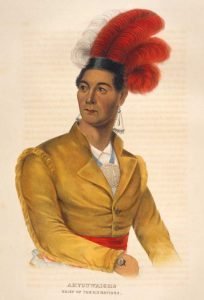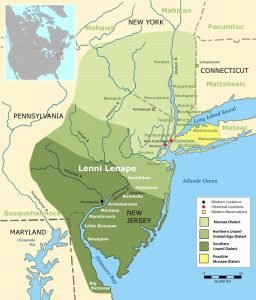Tuscarora Tribe
Tuscarora Indians, Tuscarora Nation (Skurū’rěn’, ‘hemp gatherers,’ the Apocynum cunnabinum, or Indian hemp, being a plant of many uses among the Carolina Tuscarora; the native form of this appellative is impersonal, there being no expressed pronominal affix to indicate person, number, or gender). Formerly an important confederation of tribes, speaking languages cognate with those of the Iroquoian linguistic group, and dwelling, when first encountered, on the Roanoke, Neuse, Taw (Torhunta or Narhontes), and Pamlico Rivers., North Carolina.



